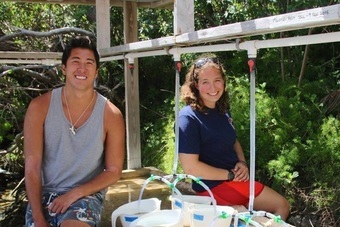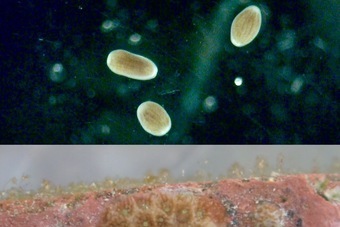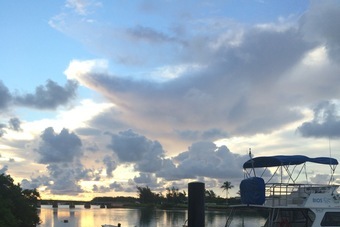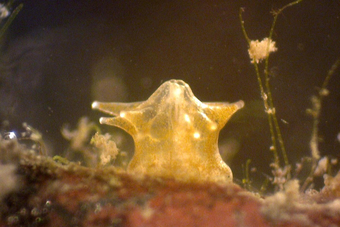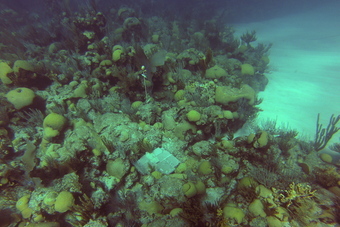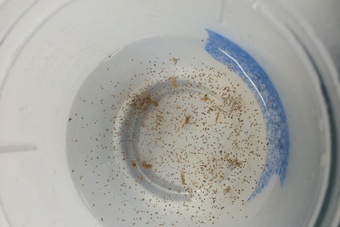Publications:
Reich et al. 2017
Previous studies of symbiotic associations between scleractinians corals and Symbiodinium have demonstrated that the consortium of symbionts can change in response to environmental conditions. However, less is known about symbiont shuffling during early coral development, particularly in brooding species. This study examined whether Symbiodinium consortia (1) varied in Porites astreoides on shallow (10m) and upper mesophotic (30m) reefs, (2) changed during coral development, and (3) influenced growth of juveniles in different environments. Symbiodinium ITS2 sequences were amplified using universal primers and analyzed using phylotype-specific primers designed for phylotypes A, B, and C. Adults from both depths were found to host only phylotype A, phylotypes A and B, or phylotypes A, B, and C and the frequency of the phylotype composition did not vary with depth. However, phylotype A was the dominant symbiont that was vertically transmitted to the planulae. The presence of phylotypes B and C was detected in the majority of juveniles when transplanted onto the shallow and upper mesophotic reefs whereas only phylotype A was detected in the majority of juveniles reared in outdoor aquaria. In addition, growth of juvenile P. astreoides harboring different combinations of Symbiodinium phylotypes did not vary when transplanted to different reef zones. However, juveniles reared in in situ reef environments grew faster than those reared in ex situ outdoor aquaria. These results show that Symbiodinium consortia change during development of P. astreoides and are influenced by environmental conditions.
10- 30 m
Mesophotic “mentions”
54 x (total of 5812 words)
Classification
* Presents original data
* Focused on 'mesophotic' depth range
* Focused on 'mesophotic coral ecosystem'
Fields
Molecular ecology
Physiology
Focusgroups
Scleractinia (Hard Corals)
Symbiodinium (zooxanthellae)
Locations
Bermuda
Platforms
SCUBA (open-circuit or unspecified)



